Sweet as Honey
English teacher copes with loss of guide dog after nearly 11 years together
Writing about Honey is certainly one of the most difficult things I have done, yet doing so is a way in which I can honor her.
The very first moment I touched Honey, I knew something special had happened. Some dogs take a little while to warm to an unfamiliar person, and others stay aloof for a long time. When Honey first came to me where I was seated on the couch at the training center, she hesitated at the door, then came forward a few steps at a time until she reached me. She sniffed at my feet, my calves, and my hands laying in my lap. Then she put her head on my knees, and I felt her wet nose and warm breath on my fingers.
“You may touch her now,” the trainer said. I had been so intent on absorbing every little detail about my new dog, that I had forgotten the trainer was there.
I touched her head softly and felt her body move as she wagged her tail – just a little. I said her name, and I felt her tail going faster. She inched closer, and now her whole head was in my lap. I touched her ears, the softest ears imaginable, and ran my hand along her back. She was tall and slender. Her coat was so glossy, and the hair on her tail feathered slightly. She was nothing like I had imagined she would be. I had never had a Lab-Retriever, nor a guide the color of honey.
The training was intense and not without its challenges, yet we bonded quickly. Honey made it so easy because she was intuitive, sensing when she had to take the initiative and when to wait for my commands. She was attentive, affectionate and extremely obedient. She read every nuance of my voice and responded instantly. But more than all these attributes, Honey had personality!
When Honey was on duty, she was focused and not easily distracted, but arriving home – no matter the time – was quite a different matter. She would rummage in her box of toys, bring out a few items, and would not leave off until we had played at least two different games. Sometimes she wanted to run and tumble, and so yes, we tumbled about on the grass until I (not Honey) was exhausted. And Honey was not shy about letting me know when she didn’t like something.
My life was busy, my days long and tiring, but Honey was always ready whenever I picked up the harness and the lead. We went everywhere together, and she was ready to guide me, even when she was not in harness.
One particular doctor’s visit had Honey frantic. She could not fathom why someone else was holding her lead and ran alongside the gurney as I was wheeled into the hospital ward. During my convalescence at home, she would always be at my bedside, giving a little whine, licking my hand, or just standing and watching me for long periods at a time. Once I had recovered, we walked and worked and played again…those were the days…
The weeks and months became years, and in no time at all it seemed, we celebrated 10 years as a team. At this milestone, the realities of an aging dog were beginning to present themselves to me. Though Honey was still guiding extremely well, she was walking slower and grew tired more easily. I knew I would have to start thinking about her retirement, but I pushed those unbearable thoughts to the back of my mind.
And then our world turned upside down.
The morning of June 6, 2015 – senior graduation day – I took Honey to the vet. It did not seem possible that the growth I discovered in Honey’s mouth could be as awful as the vet was trying to tell me it might be. Immediate surgery was imperative. What a ghastly day that next Monday was. The subsequent test results confirmed the diagnosis. I sat listening to the facts and statistics – of the three kinds of cancerous tumors she could have, Honey’s was the most vicious, the mortality rate being 93 percent with a two to three month lifespan. I felt my heart sinking further and further into the depths of despair.
The days immediately after the surgery were spent on a pallet on the floor, nursing Honey around the clock, alternating food, water and medicine. Then came the bi-weekly treatments for two months, followed by a break and then the next round of testing to evaluate the results. Miraculously, the mouth, lymph nodes, throat and even the lungs – the path the cancer travels – were all clean! The wound – both inside and outside the mouth – had healed so well, it was almost invisible. Honey was well again. The second round of treatment and testing went as well as the first, and again we were overjoyed when the results were as clean as a whistle. We were now into November, six months beyond that first diagnosis. Honey had beaten the odds, she was not one of the 93 percent. My heart sang every day.
December was a very special month – against all the odds, I was graduating and so was Honey. We wore our doctoral colors – blue and gold – she her ribbons, I my robe, and together we took our places on the front row. In those moments, the many years of study, the struggles and the anguish, all just seemed to melt away. We were surrounded by family, friends and colleagues who shared in our celebration. We were still together, and so began another new year.
But something was not right. Honey was not feeling well. For a few days, the medicine the vet prescribed helped. But after a week, Honey had lost her appetite, and we were returning to the oncologist. I sat waiting in the small consulting room while the tests and scans were being done. The doctor returned, and as he spoke, a chill enveloped me. I felt numb as he explained the scans. Healthy lungs show up as black shapes. Cancer cells or tumors show up as white spots on the black shapes. “It looks like snow is falling,” he said.
The assistant wheeled the gurney into the room. Honey was laying on a soft blanket, her head resting on her front paws. I said her name, and she flicked her ears. The full realization of what was about to happen settled on me so heavily that I could not speak or move. I stood with Honey and listened to her shallow breathing. I stood with Honey long after I could hear only my own breathing.
My heart aches for Honey, and home is empty and quiet. Though I walk alone, in spirit Honey walks with me as I make my way along the rocky path ahead. And even when the path smooths out, she will still be there. Each day I am without Honey, I value what she did for me and what she meant to me all the more.
Loss, heartache, hardships – these come to everyone at some time or other. They are difficult to deal with, but we can deal with them because we are not alone. Always, when we are in need, people rally around us in unexpected ways to share our load and give us hope, to ease our hurt and hold us up.
Thank you Raider family, for reaching out to me in so many ways. Because of you, I stand.

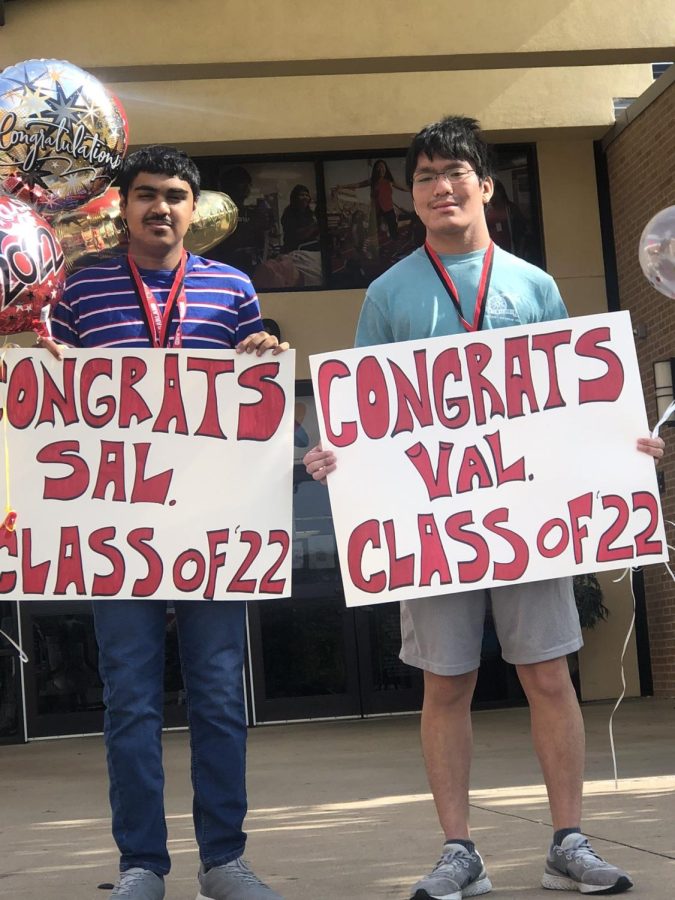
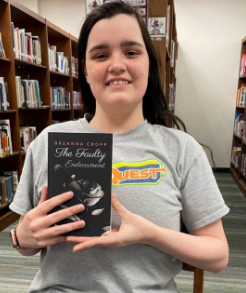

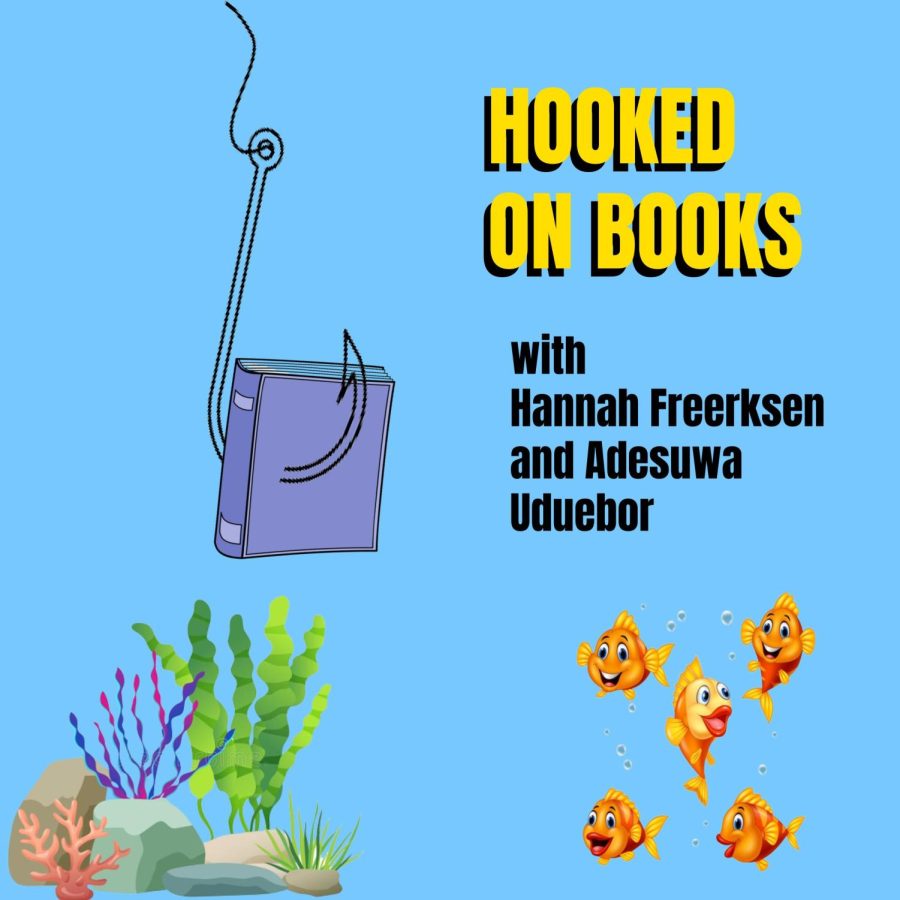
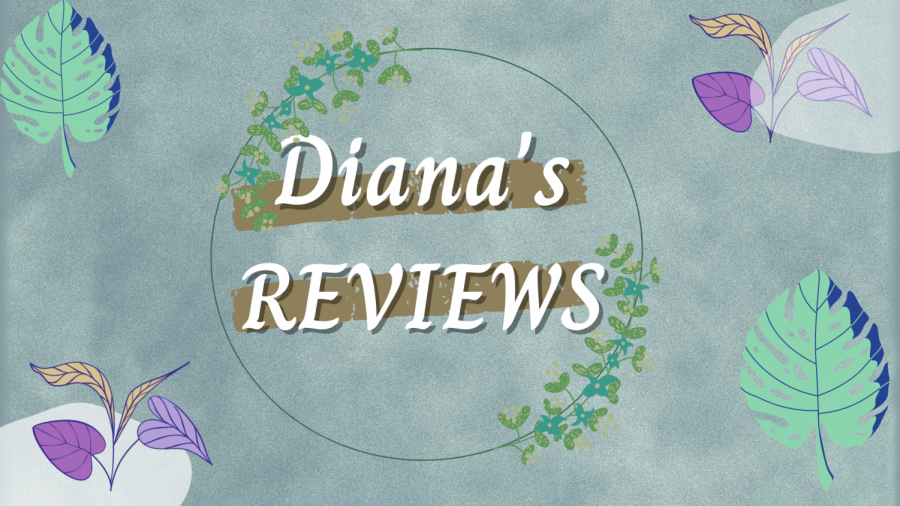


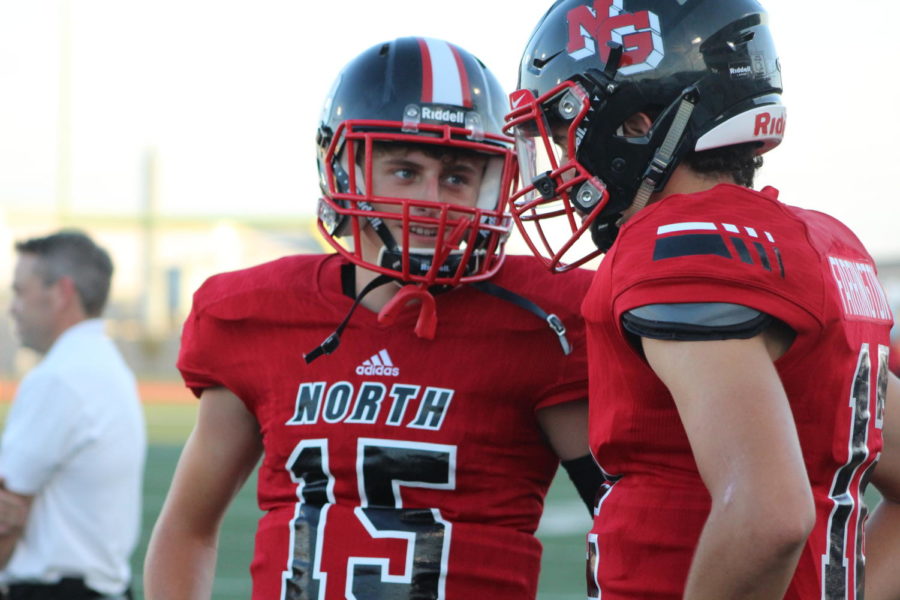
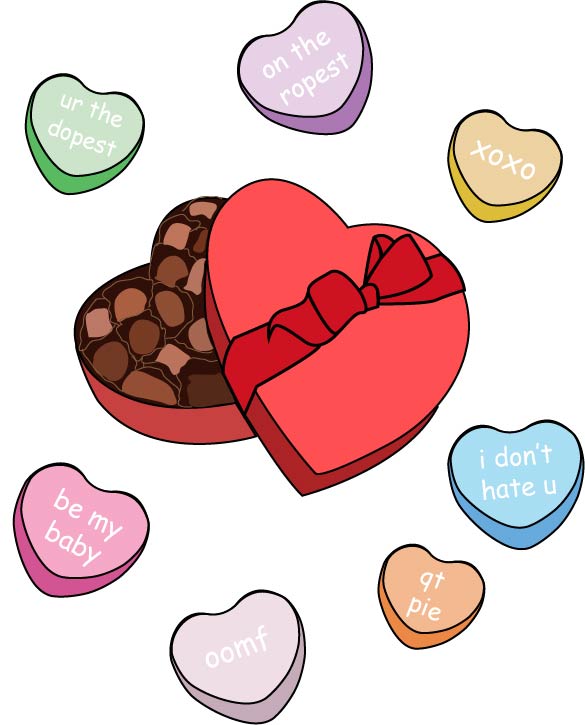
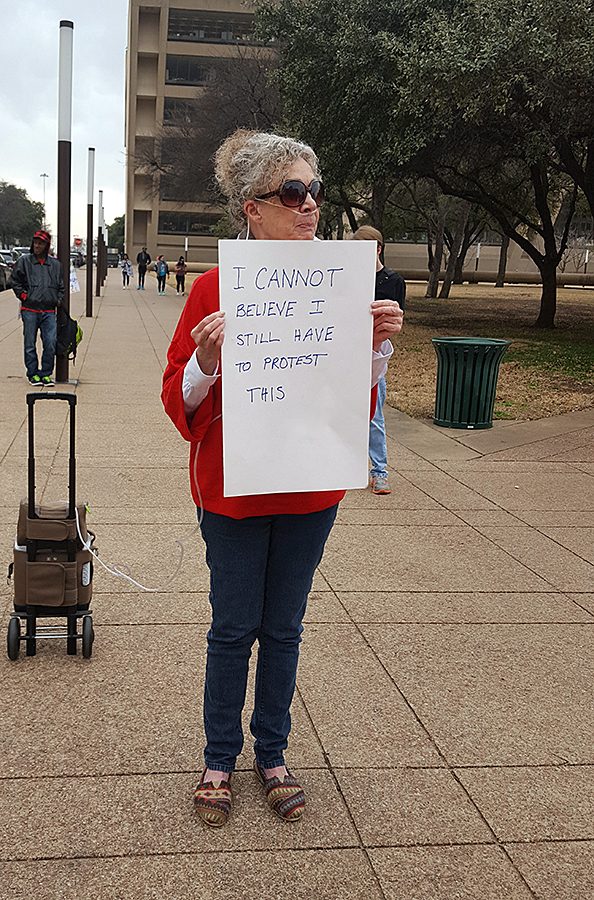
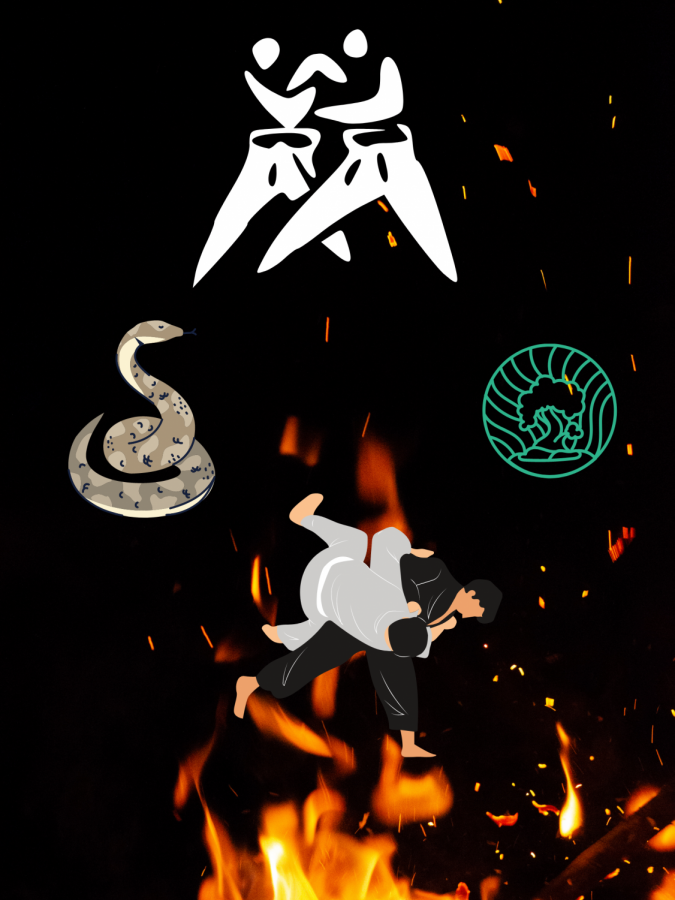
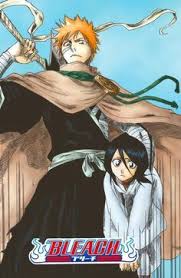



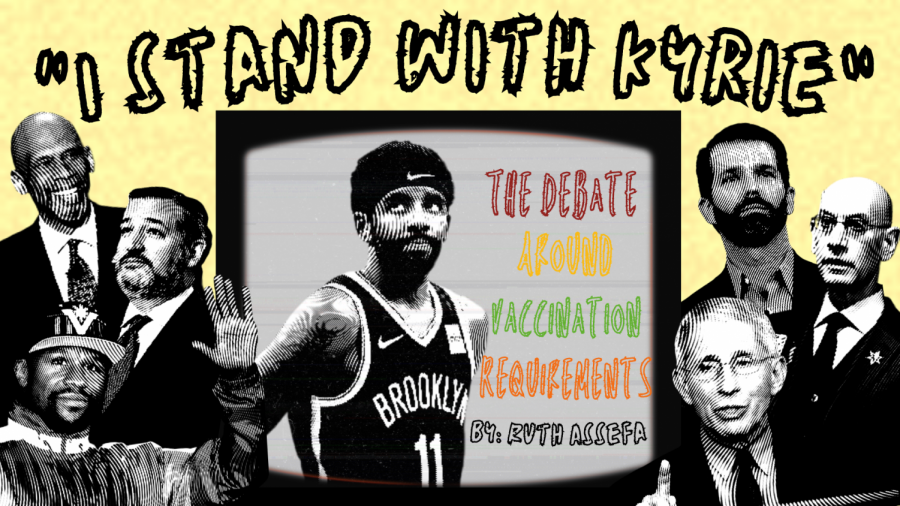
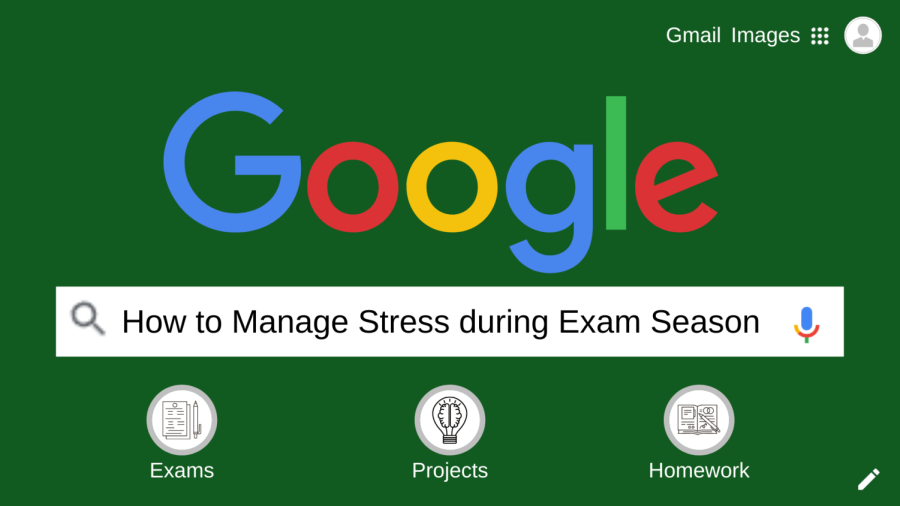


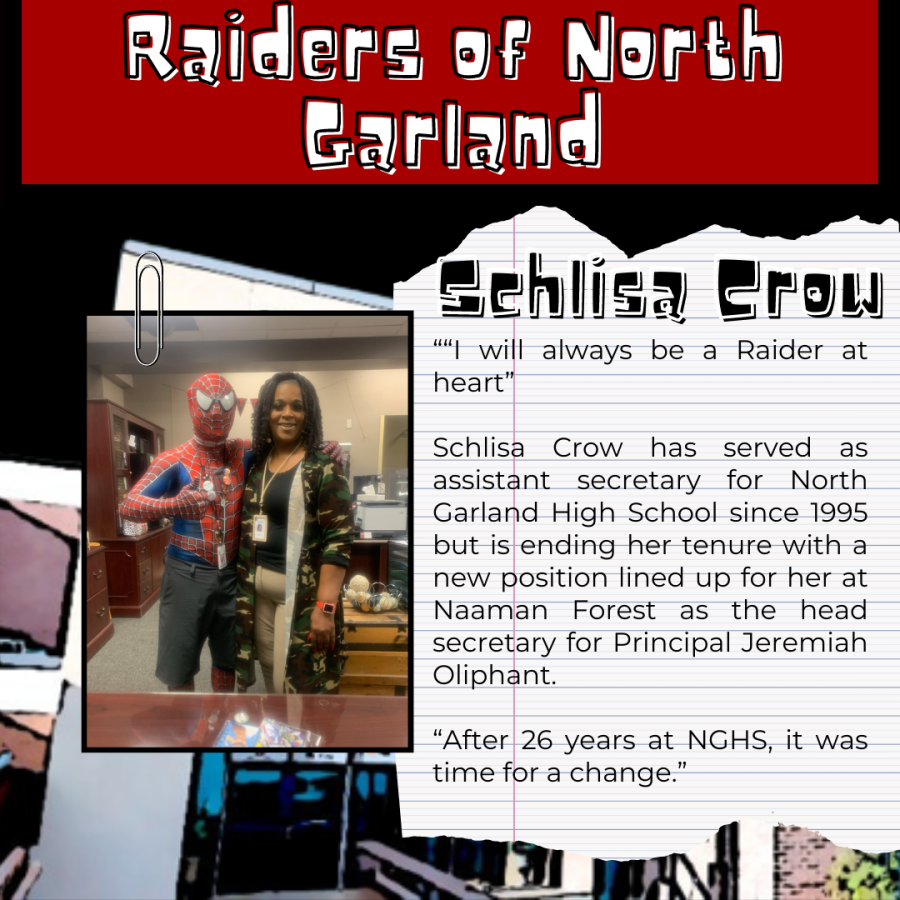
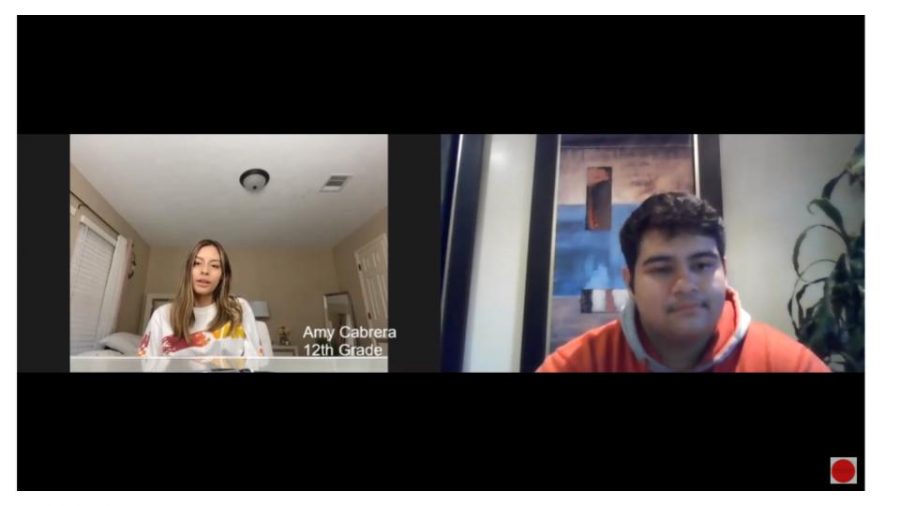
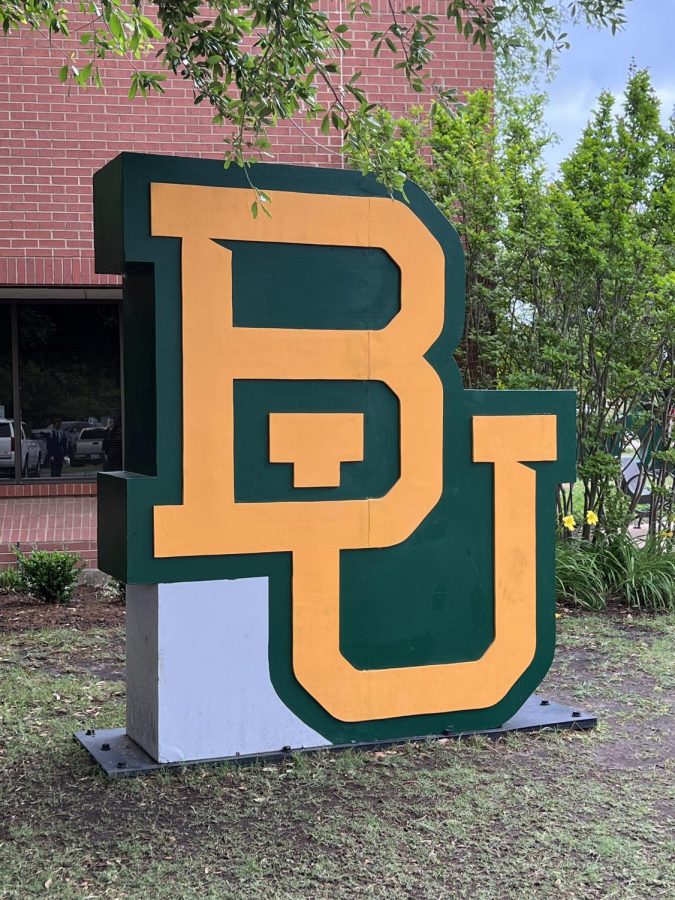

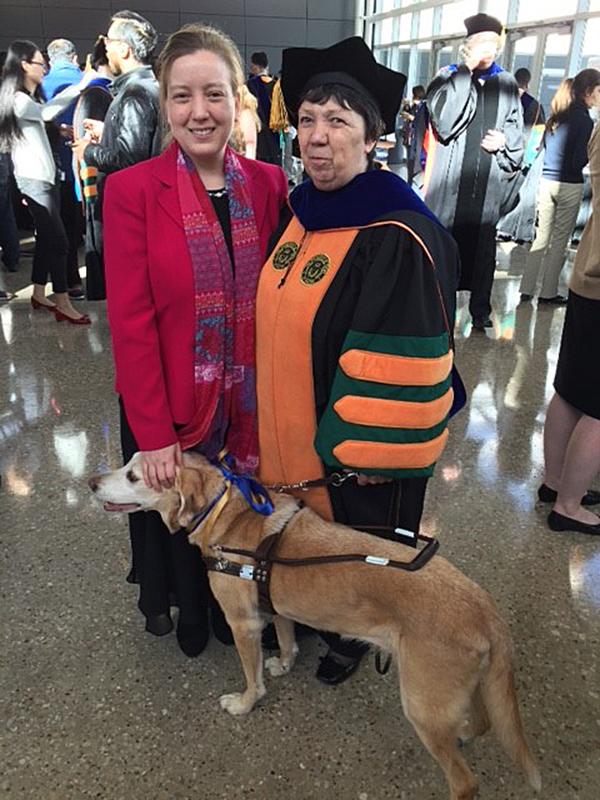
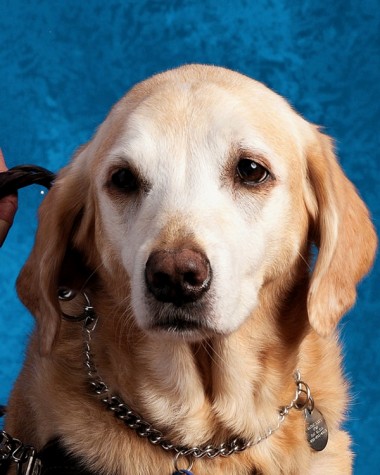
Drew Bramlett • Mar 5, 2016 at 3:36 pm
I remember my Senior year when Mrs. (now Doctor, congratulations) Bland first brought Honey to class. She was very obedient and loving with the occasional moment of smelling when someone brought breakfast to class. I’m very happy to hear that Honey lived a long and productive life. I can’t even fathom what will happen when my father-in-law’s seeing eye dog, Curtis, has to retire from active duty since he has been with his family ten years.
Rest in Love, Honey. Run free and happy.
Lacey Valle • Mar 4, 2016 at 10:20 pm
This is one of the most touching tributes anyone could give a working dog.
Dogs are such wonderful companions and the bond that they share with their humans is something so very special it’s hard to even put into words. This article brought tears to my eyes and an ache to my heart, and I am so very sorry for the loss of Honey. She was always “on duty” when I was in class, so we weren’t allowed to pet her, but she always seemed like the most amazing and well-behaved dog.
No, Honey can never truly be replaced, but I hope you will be paired with another guide puppy soon, and that they can share something just as special with you as Honey did for years to come.
Bianca Scott • Mar 4, 2016 at 6:00 pm
I graduated in 2009, and I remember so well Honey walking down the halls, laying down in English class while Mrs. Bland taught the class. You are truly missed.
Nancy Cabrera • Mar 4, 2016 at 9:48 am
Beautifully written. My heart aches with you, and you have my sincerest condolences.